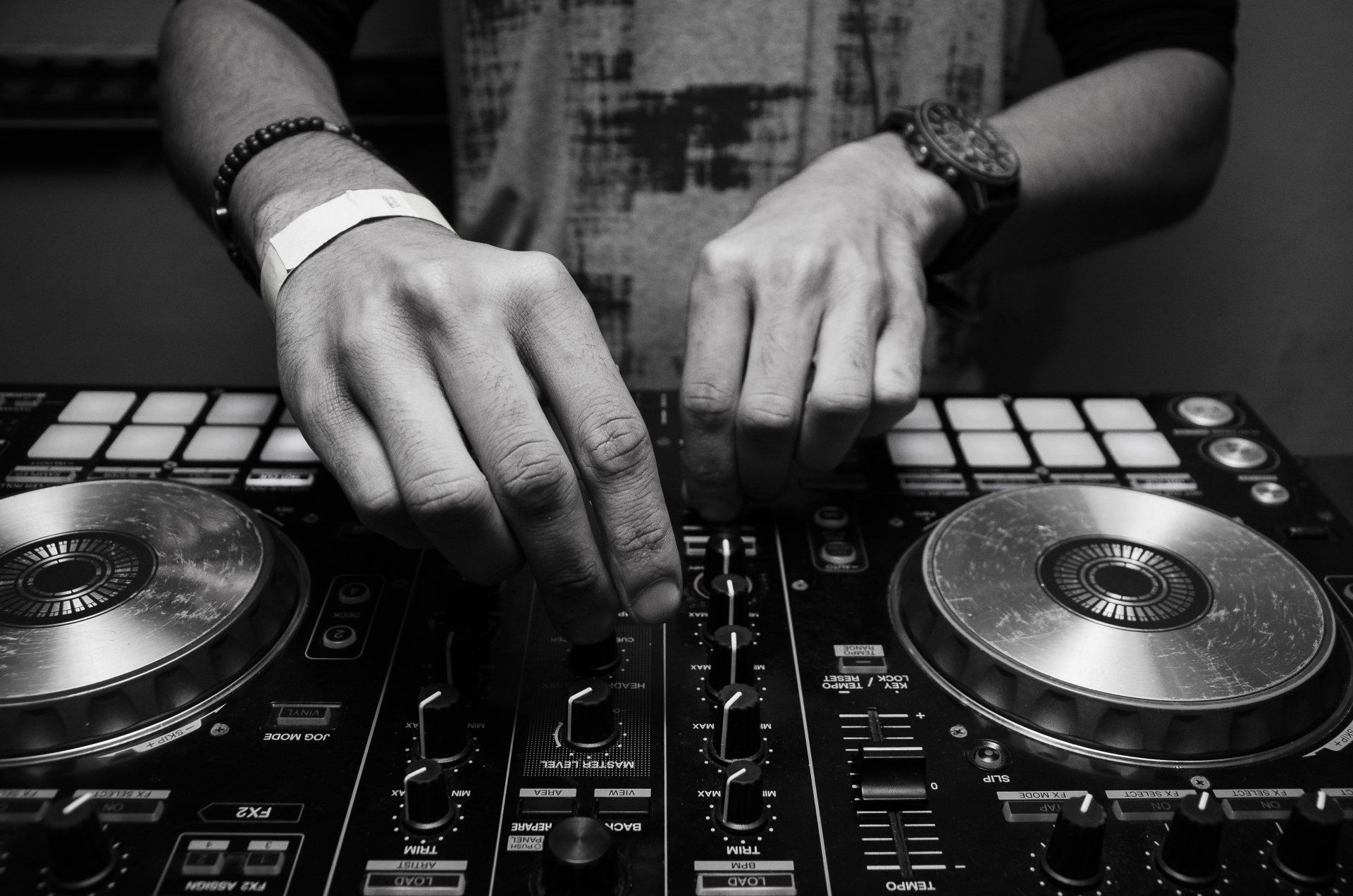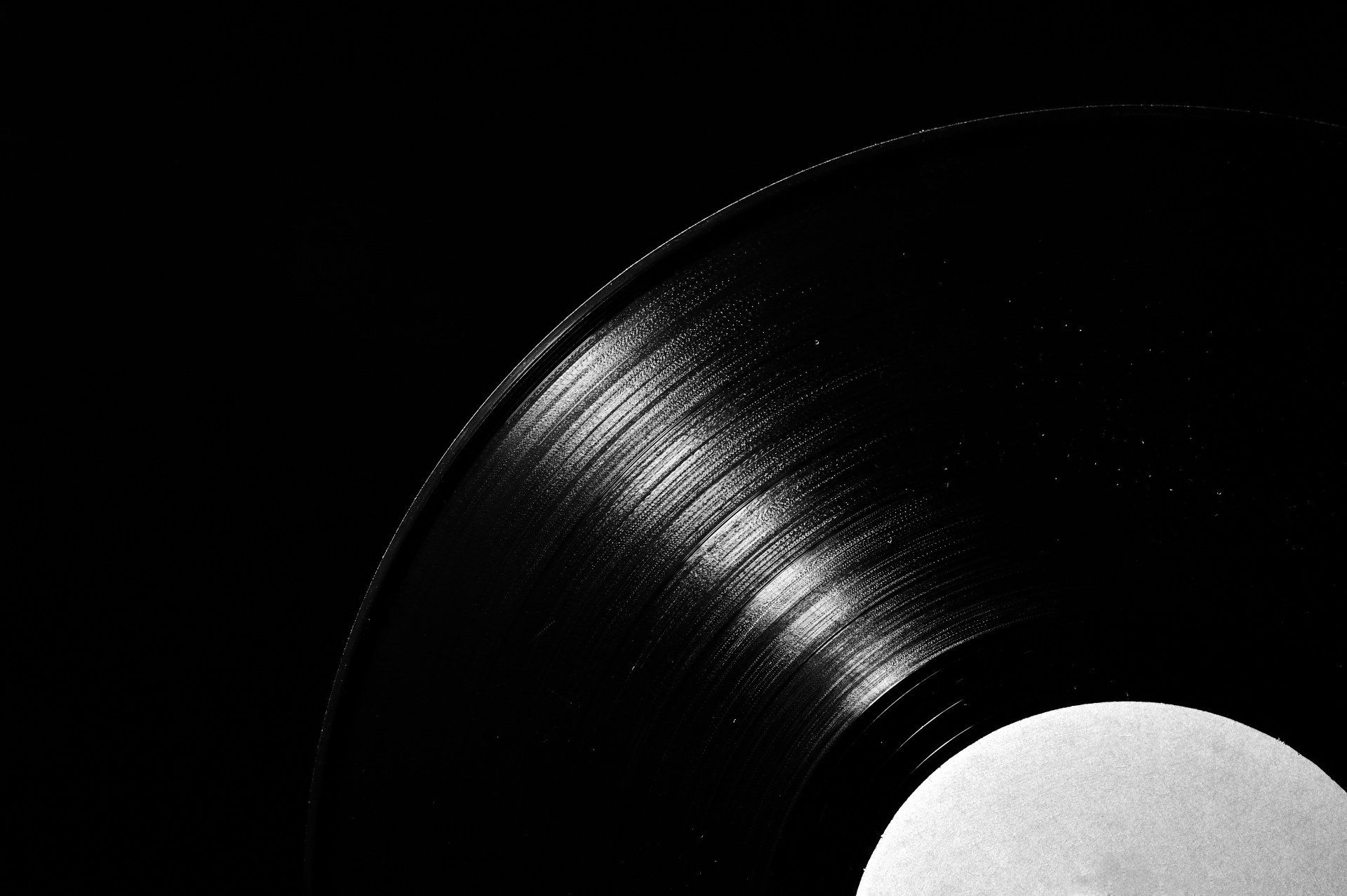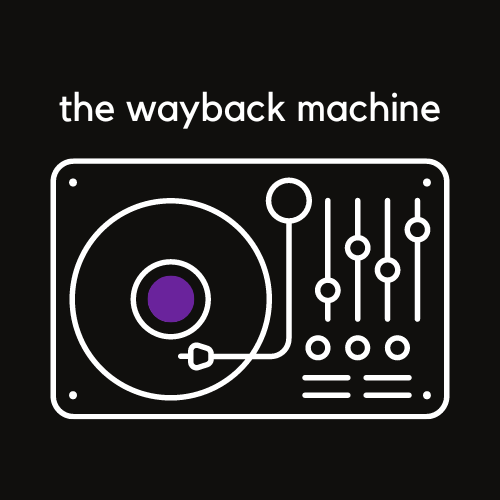The Top DJ Formats for Corporate Events: A Guide to Unforgettable Experiences
The Top DJ Formats for Corporate Events: A Guide to Unforgettable Experiences

Are you planning a corporate event and seeking the perfect entertainment to wow your guests? Hiring a professional DJ can elevate your event to new heights and leave a lasting impression on attendees. However, choosing the right DJ format is essential to ensure a seamless and captivating experience. In this article, we'll explore the top three DJ formats for corporate events and help you make an informed decision.
- Live DJ Performance: A live DJ performance is a classic choice for corporate events. With a skilled DJ behind the decks, you can expect an energetic and dynamic atmosphere that keeps guests engaged throughout the event. The DJ can adapt their music selection based on the crowd's preferences and create a unique playlist to match your event's theme and mood. Additionally, live mixing and blending of songs ensure a smooth flow, avoiding any awkward gaps between tracks. A talented DJ can read the room and adjust the music accordingly, catering to all tastes and age groups. The live DJ performance adds a touch of excitement and spontaneity to the event, making it a popular choice for many corporate gatherings.
- Digital DJ Setup: If you're looking for a modern and tech-savvy approach, a digital DJ setup is a fantastic option for corporate events. Digital DJs use state-of-the-art equipment, including laptops and controllers, to mix and play music seamlessly. The advantage of a digital setup is the vast library of music available at the DJ's fingertips, ensuring an extensive selection to suit any occasion. Additionally, digital DJs can access music on the fly, accommodating last-minute requests from guests or adapting to unforeseen changes in the event's schedule. The digital format also enables the DJ to integrate visual elements like custom visuals, logo animations, and interactive displays, enhancing the overall visual appeal of your event.
- DJ with Live Musicians: For a truly captivating and memorable corporate event, consider combining the talents of a DJ with live musicians. This hybrid format offers the best of both worlds, blending the infectious beats of a DJ with the authentic sounds of live instruments, such as saxophones, violins, or percussion. The synergy between a live DJ and musicians creates a vibrant and immersive experience that leaves a lasting impression on guests. The live element adds a touch of sophistication and elegance to the event, making it particularly suitable for formal corporate gatherings or awards ceremonies. The collaborative performances can also be customized to suit your event's theme, providing a unique and exclusive experience that will be talked about long after the event concludes.
In conclusion, the right DJ format can make all the difference in creating an unforgettable corporate event. Whether you opt for a live DJ performance, a digital setup, or a combination of live musicians with a DJ, the key is to choose an experienced and professional entertainment provider. They will understand your event's specific requirements, curate the perfect playlist, and create a seamless flow of music that keeps the audience entertained and engaged. So, take the time to select the best DJ format for your corporate event and prepare to deliver an experience that will exceed your guests' expectations.


